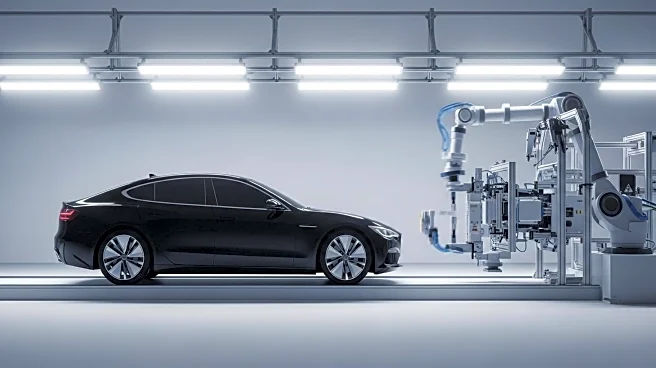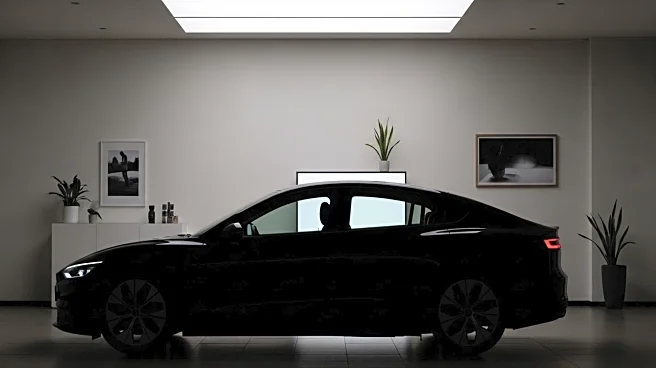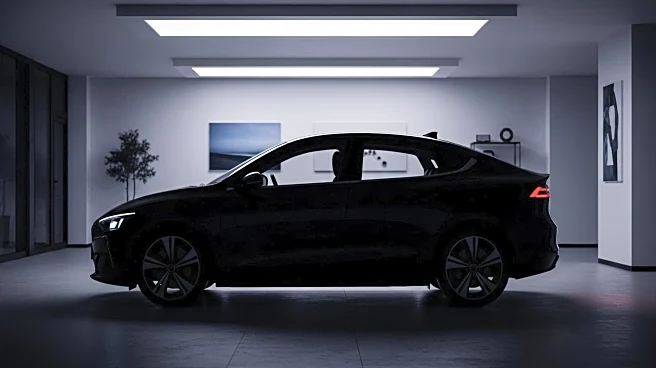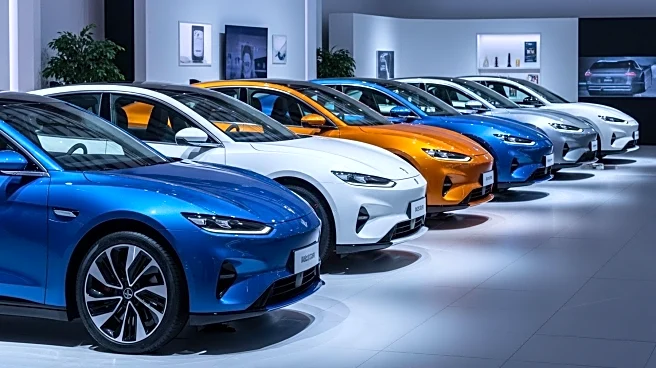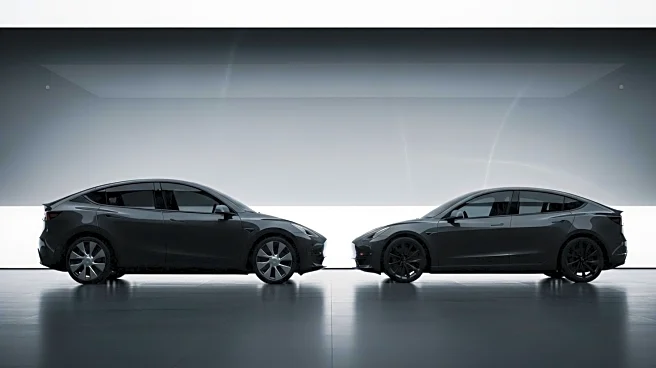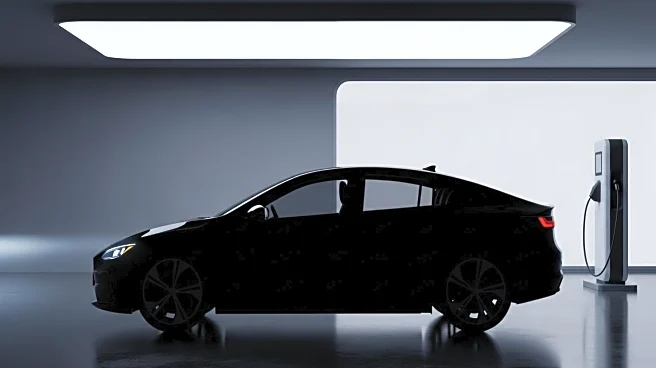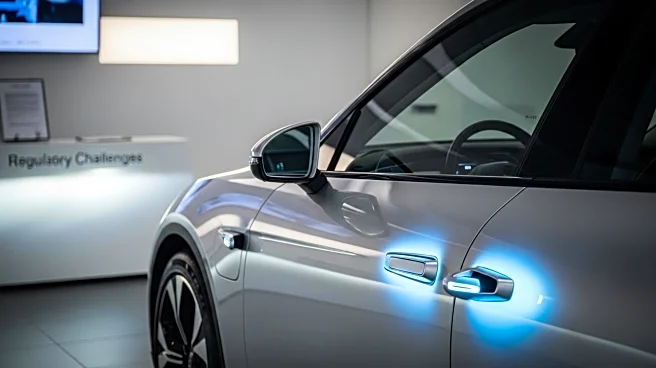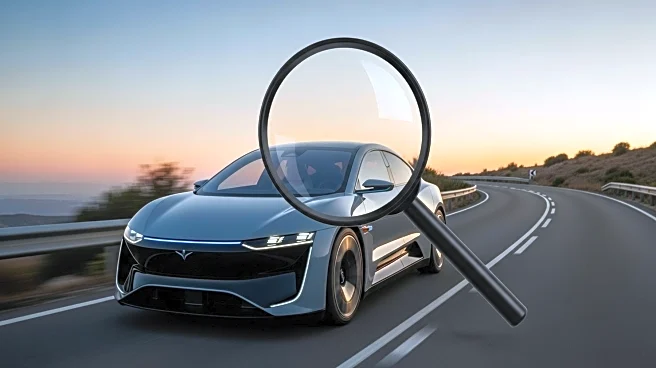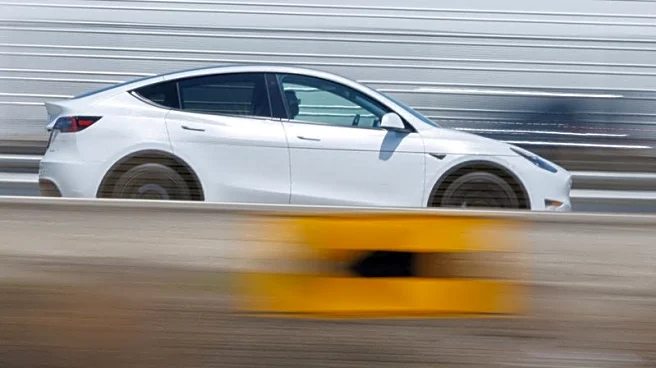What's Happening?
Tesla has implemented cost-saving measures on its Model Y and Model 3 vehicles, which include both small and large deletions. These changes are aimed at reducing production costs and maintaining competitive pricing in the electric vehicle market. The adjustments have sparked discussions about the balance between cost efficiency and maintaining vehicle quality and features. As Tesla continues to dominate the U.S. electric vehicle market, these strategies are crucial for sustaining its market position amidst growing competition from other automakers.
Why It's Important?
The cost-saving measures by Tesla are significant as they reflect the company's strategy to remain competitive in the rapidly evolving electric vehicle market. By reducing production costs, Tesla can offer more affordable options to consumers, potentially increasing its market share. However, these changes also raise concerns about the potential impact on vehicle quality and customer satisfaction. As other automakers struggle to achieve economies of scale, Tesla's approach could set a precedent for industry practices, influencing how electric vehicles are manufactured and priced.
What's Next?
Tesla's cost-saving strategies may prompt other automakers to reevaluate their production processes and pricing models to remain competitive. The industry could see a shift towards more affordable electric vehicles, which may increase consumer adoption rates. Additionally, Tesla's actions might lead to further scrutiny from industry analysts and consumers regarding the balance between cost efficiency and product quality. As the electric vehicle market continues to grow, manufacturers will need to navigate these challenges to meet consumer expectations and regulatory standards.
Beyond the Headlines
Tesla's approach to cost savings highlights broader industry trends towards efficiency and affordability in electric vehicle production. This shift could have long-term implications for the automotive industry, including changes in supply chain management and manufacturing practices. The focus on reducing costs may also drive innovation in vehicle design and technology, as companies seek new ways to maintain quality while lowering expenses. These developments could ultimately influence consumer perceptions and expectations of electric vehicles.
